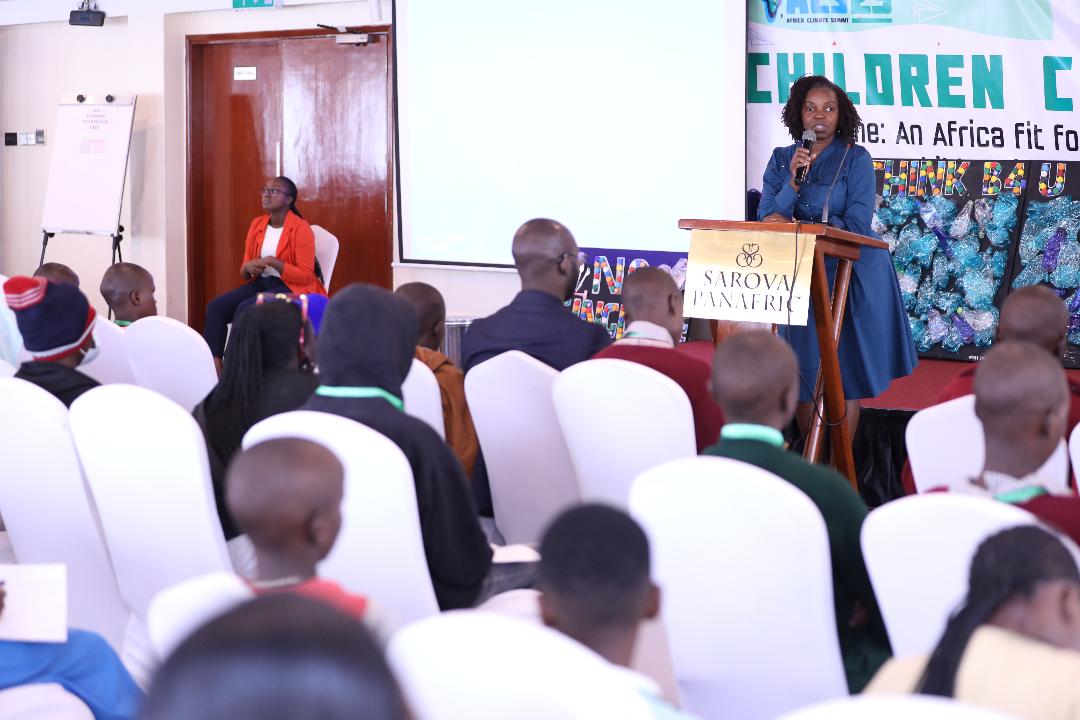At least 187, 000 children in Kenya were rendered homeless due to climate shocks at the end of 2022.
The number is seven times higher when compared to the 27,000 children that were displaced by climate-induced disasters the previous year.
Save the Children says the number could be much higher, as these figures are only from the four Northern counties of Garissa, Isiolo, Marsabit na Turkana.
The organization’s Country Director for Kenya and Madagascar Yvonne Arunga has termed this trend as worrisome.
“The impact of climate shocks on children is very worrying. When children lose their homes, they lose almost everything: their access to healthcare, education, food, and safety. They also lose the building blocks for mental and emotional stability and wellbeing, like a sense of routine, their friends, and the right to play,” she said at a time policy makers are meeting in Nairobi this week to discuss solutions to the climate crisis at the Africa Climate Summit.
According to the analysis of data from the Internal Displacement Monitoring Centre, some of these children were displaced multiple times, while others only once, but all remained displaced from home at the end of the year.
The climate shocks forced the displaced to live in camps with extended family, or other temporary arrangements.
Regionally, the number of new internal displacements throughout the year across sub-Saharan Africa in 2022 due to such disasters was three times higher than the previous year, with 7.4 million new displacements reported in 2022 compared to 2.6 million in 2021.
Save the Children says the figure counts the times people were displaced – sometimes multiples times for one individual – even if they were able to return home by the end of the year.
This is the highest annual number of new displacements from climate disasters ever reported for the region, as the impacts of consecutive climate shocks have begun to sink in and both the resilience of the land and the coping mechanisms of communities become exhausted.
The figures a clear indication that the rights of children in Kenya and across the region are being eroded at an alarming rate by the impacts of the climate crisis.
“These figures are enough to bring anyone to a standstill and hopefully will spur leaders at Africa Climate Summit to wake up to the experiences of children across the region, acknowledge that the climate crisis is having a disastrous impact on their lives, and act urgently to factor in children’s needs and rights into the much-needed response,” said Arunga.
She says with the El Niño weather pattern taking hold, causing even more extreme weather events and pushing up global temperatures further, it is likely that this figure will increase this year.
In the Horn of Africa, El Niño is historically associated with above-average rain during the October to December rainy season.
According to a report earlier this year by the Children’s Environmental Rights Initiative, Save the Children and partners, just 2.4% of key global climate funds can be classified as supporting child-responsive activities, despite more than a billion children being at extremely high risk of the impacts of the climate crisis.
“We need to urgently scale up climate finance and support adaptation measures that protect children from the worst effects of climate change. We must also ensure that children have access to essential services such as education and healthcare, regardless of their displacement status,” urged Arunga.
The analysis show that African countries have contributed the least to the climate crisis, with the smallest share of global greenhouse gas emissions of all the world’s regions.





